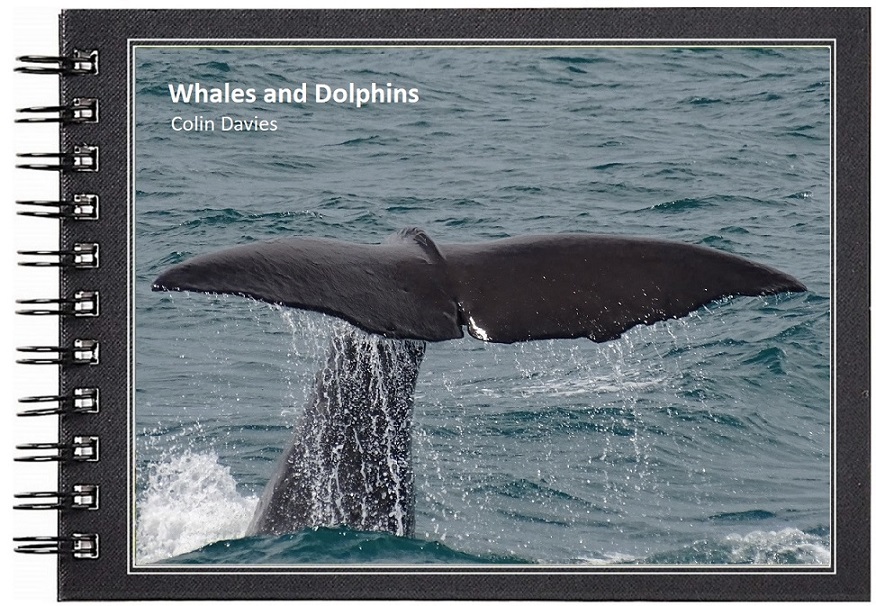 |
| Snowy albatross |
"Wanderer at 6 o'clock!", the cry went up and sent shivers down my spine. This was the moment I had been dreaming of for years, the appearance of a great albatross during a southern ocean pelagic. We'd been at sea for six hours, we were 35 miles offshore from Port Fairy, Victoria, over the edge of the continental shelf and the sea bed was nearly a kilometer below us. We'd seen many albatrosses already, but they were all of the smaller type, in this region often referred to as molyhawks. Four species in fact, shy, black-browed, Indian yellow-nosed and Campbell albatross, all with wingspans of 2.5m or less.
The new arrival was considerably bigger, a wandering albatross with a wingspan of up to 3.5m, the longest of any living bird. This awesome and majestic bird glided past the boat without a single flap of the wings, dwarfing the nearby molyhawks and taking my breath away. Over the next hour or so the bird stayed with us and was joined by an immature bird, as well as two other species of great albatross.
The new arrival was considerably bigger, a wandering albatross with a wingspan of up to 3.5m, the longest of any living bird. This awesome and majestic bird glided past the boat without a single flap of the wings, dwarfing the nearby molyhawks and taking my breath away. Over the next hour or so the bird stayed with us and was joined by an immature bird, as well as two other species of great albatross.














